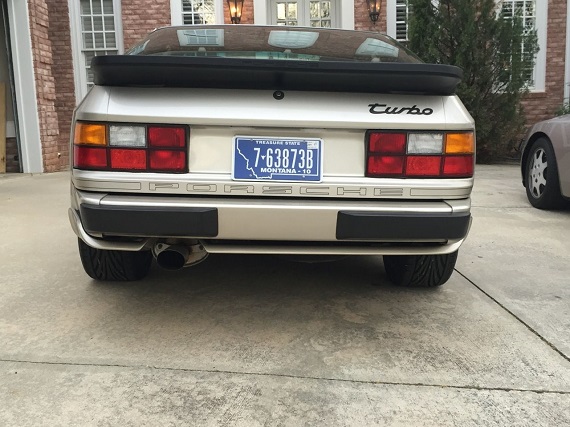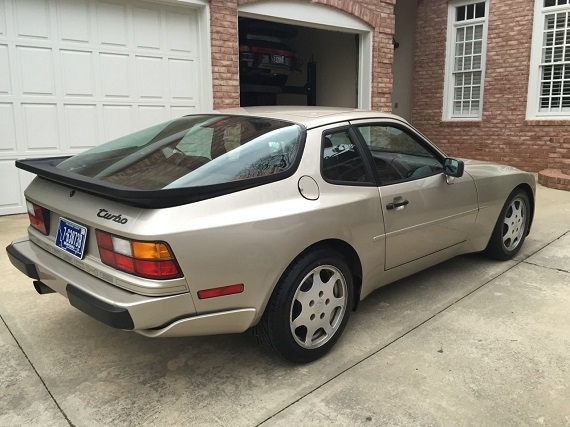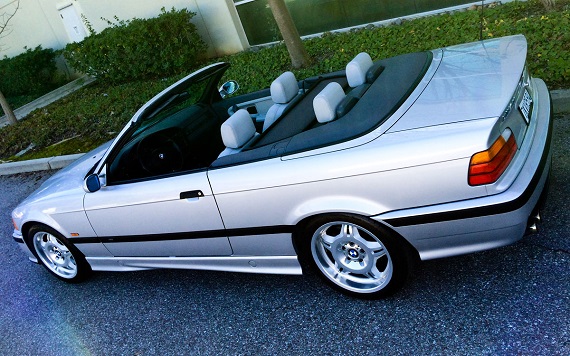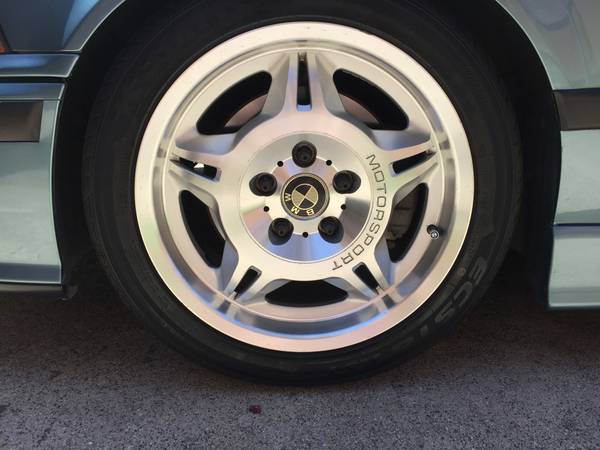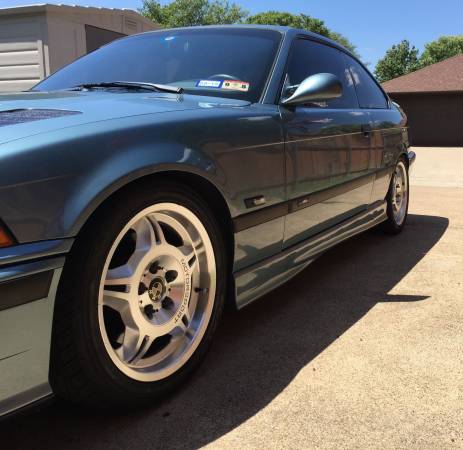Kicking and screaming, enthusiasts are watching super heros from the 1980s slowly (or not so slowly, depending on the model) move firmly out of affordable price ranges. The last bastion of performance to rise is one of the best available, proving that the market doesn’t always recognize what theoretically should be the best cars. 944 Turbos, just as they did when new, have been rapidly accelerating in value and the top of the heap for road models are the ’88 Turbo S and the S-spec ’89 Turbos (properly, without S – more later). In my time writing for GCFSB, I’ve watched nice examples move from mid-teens to firmly into the 20K range. But Hagerty currently values them even higher, with a sharp spike in 2015. 2016 forecasts have the market cooling slightly, but it’s still at record highs for several models. The current top value on a 1989, at least according to Hagerty, is $36,400. Today’s car is priced at $39,000. Is it better than perfect?
Tag: forged
From a performance standpoint, the E36 M3 Convertible may not be the most desirable BMW product produced. However, if you’re able to back out that this won’t be a car dominating your local track days, the E36 Convertible does offer quite a bit of M-car magic for your money. True the U.S. spec E36 M3 was detuned and mass-produced, but it’s still a great looking, sounding and fun to drive car. Drop your prejudice, and the M3 convertible is a neat package in many ways – plus, it is one of the more affordable ways to get into a M3. This particular model is well equipped and neatly optioned with the forged Motorsport wheels and a host of recent Dinan upgrades:
CLICK FOR DETAILS: 1998 BMW M3 Convertible on eBay
5 CommentsIt was really neat to see the interestingly optioned pre-production Audi 90S V6 last week, but more from a curiosity standpoint. As many noted, what’s the market on a front drive pre-production Audi 90 with 200 miles? It would take a very special and specific fan to be interested in that chassis. The same can’t be said of today’s example. When it came to tuning up the Type 89 quattros, Audi offered a few options; the DOHC 7A motor with 164 horsepower came to the U.S., but European markets also got the stellar S2 in 20V Turbo form. Though both were most common in Coupe quattro form, sedans and even for European customers Avants later were available with the legendary turbocharged mill. However, let’s not forget that technically the 20V Turbo wasn’t the top of the heap in 1989, since Audi had just launched the revolutionary quad-cam all-aluminum 3.6 V8. That motor was the signature mill of the eponymous V8 quattro. Out of the box, the V8 was the most powerful Audi on offer, but the engine package would only be available initially in the D11 chassis, but in 4.2 form it would later be offered in the C4 S4/S6 as well. The first small chassis Audi with a V8 wouldn’t be until the B6 S4, right? Well, wrong, because a few generations prior Audi apparently toyed with the idea in some development 80s:
CLICK FOR DETAILS: 1990 Audi 80 Quattro V8 on autoscout24.com
14 CommentsThe year was 1994, and BMW brought some pre-production M3s in Dakar Yellow to various tracks around the U.S. to engage their primary target audience; enthusiasts. I still remember seeing them and being both very excited and slightly let down. From a performance standpoint, even in turned-down U.S. form the M3 was a potent small sedan. 240 horsepower was top of the small car market back then and around a track, stock for stock the E36 was easily a match for the outgoing fan-favorite E30. Coupled with an eye-searing color, it was an impressive and modern package that I loved. But I also loved the street-racer aspect of the E30, and that was something that the E36 didn’t capture well….at first. That was remedied later in 1995 with the introduction of the “CSL” version of the E36. Stripped out, available only in Alpine White and with Motorsports GmbH details throughout, the M3 Lightweight channeled both the E9 3.0CSL racers that started the M trend and captured the spirit of the E30 with its giant, adjustable rear wing and splitter. Instantly these began popping up at track events; despite the entire production run of only 126 cars, it wasn’t uncommon in 1995 and 1996 to see 4 or 5 of these special cars turn up and trounce all the other cars with ease. Since new, these limited edition M3s have always held more value than nearly all of the rest of the model run – and as prices of all things M rise, it’s no surprise that it appears the tide is carrying them up as well:
